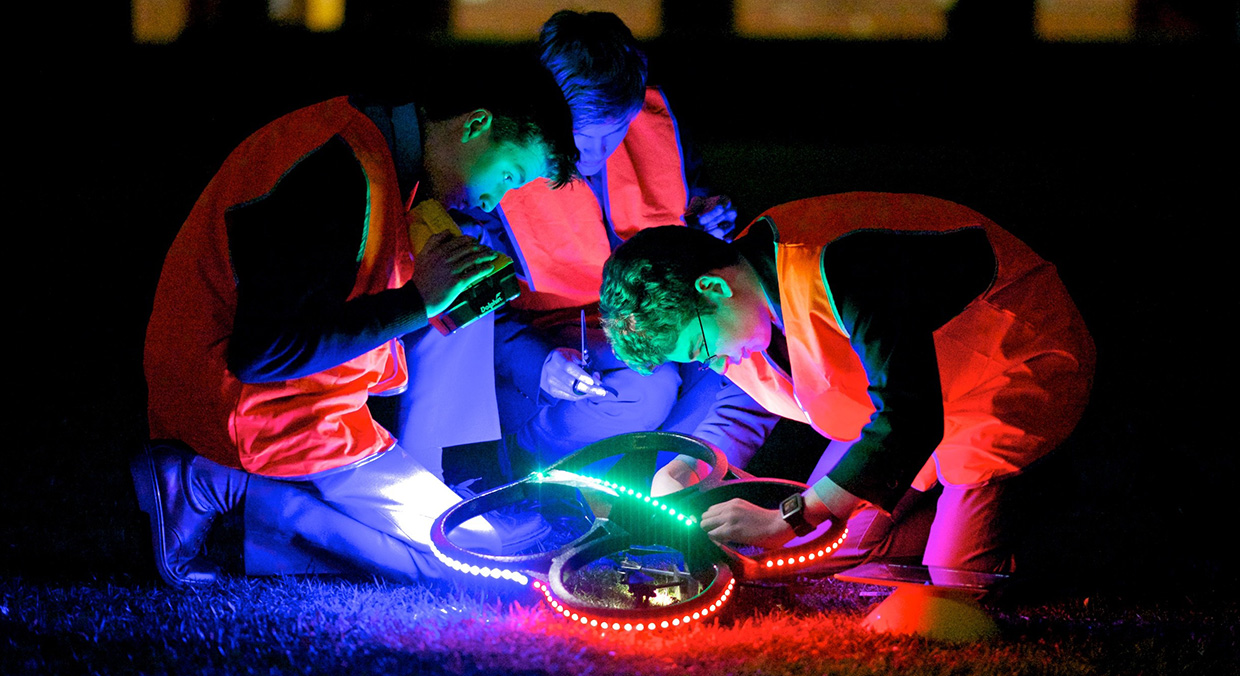About the project
The Drone School project was completed as part of the 2014-15 NSW Association of Independent Schools STEM funding grants, to increase awareness and participation in STEM-based learning and projects.
The purpose of this project is to provide a collection of resources and materials to assist educators in introducing drone (UAV) programming into the classroom.
Teaching drone programming
A collection of resources has been made available to assist educators in the planning and implementation of drone programming courses into their schools. This may be as part of the curriculum or a extra-curricular activity to further extend and enhance the knowledge of interested students.
- View the course materials
- View on iTunes U (coming soon)
Applications of drones
As part of this STEM project we have been fortunate to have engaged with various other organisations.
- During November 2014 our STEM project was featured on WIN Canberra News. Read more
- As a result of this media coverage, we were also contacted and visited by Overall Photography — a commercial UAV operator who gave our students a demonstration of larger UAVs and also did some aerial photography of the school which we compiled into a video. Read more
Other cool stuff
While the drone project was the purpose of our AIS STEM grant, we also do quite a few other activities beyond the scope of the grant. For schools that are interested, we run a co-curricular activity called Code Cadets. This is an introduction to programming for Years 7 and 8, and an extension of our class work for Years 9 through to 12. Under the Code Cadets umbrella we have the opportunity to participate in quite a few activities:
- Code Cadets Tour of San Francisco and Silicon Valley. During January 2012, 2013, and 2015 we have taken a group of 16 students to Silicon Valley for two weeks, and gained inside access to many high-tech companies. You can see a video of our most recent trip here: View video
Community and sharing
Our objective is to make this project ongoing into the future through collaborating with others and sharing resources through a community of practice. You are encouraged to provide suggestions, identify issues for correction, and share your own resources (we welcome pull requests) through our GitHub repository for this project.

